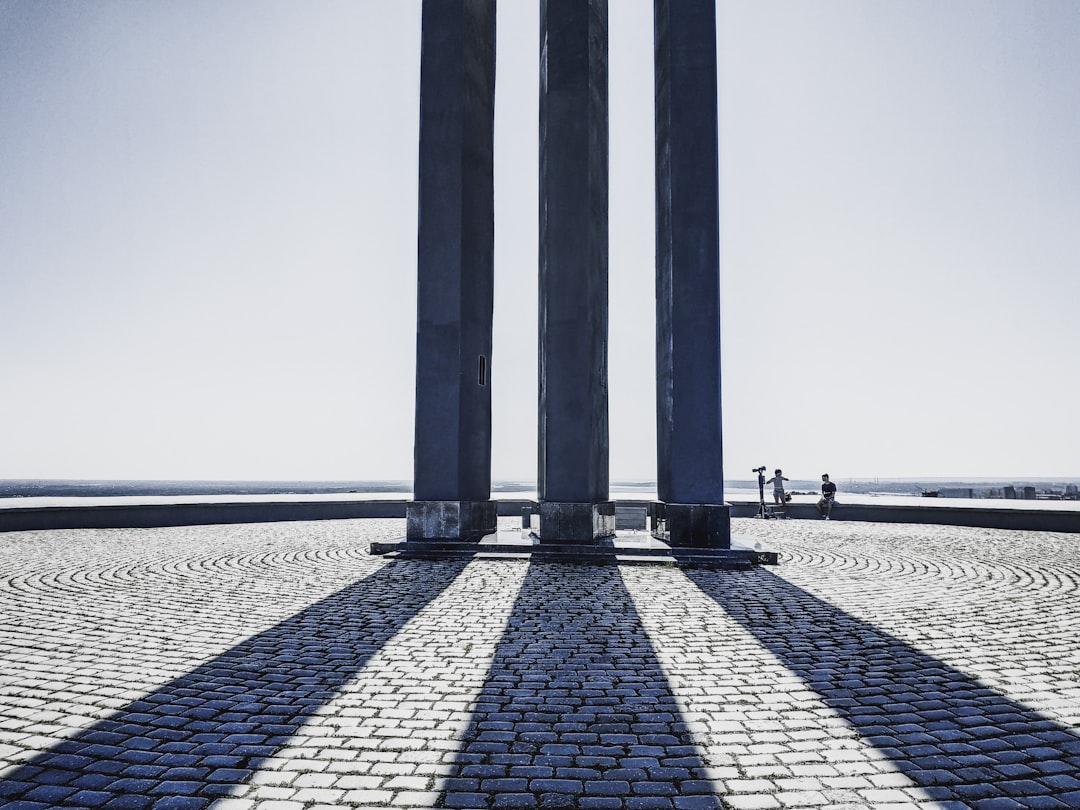
Timing is Everything: The Best Times to Visit Monuments
# Introduction. Visiting iconic monuments can be one of the most enriching experiences while traveling. However, the experience can vary significantly based on the time of year you choose to visit. Not only do different seasons affect the weather, but they also influence the number of tourists you’ll encounter and the overall atmosphere. This guide explores the optimal times to visit some of the world’s most famous monuments, ensuring that your experience is memorable and enjoyable. # 1. The Great Wall of China: Spring and Autumn. The Great Wall of China is one of the most visited monuments in the world, but its sheer length means that the experience can differ greatly depending on when you choose to visit. Spring (April to May) and autumn (September to October) are generally considered the best times to explore this breathtaking structure. During these months, temperatures are mild, making for comfortable hiking conditions. Additionally, you'll find that the crowds are smaller compared to the summer months, allowing for a more personal and intimate encounter with this ancient wonder. The surrounding landscapes are also particularly stunning during these seasons, showcasing vibrant blossoms in spring and striking fall colors. # 2. The Colosseum in Rome: Early Morning or Late Evening. Visiting the Colosseum, a symbol of Roman engineering and history, can be quite the adventure. To maximize your experience, consider planning your visit either early in the morning or late in the evening. These times not only offer cooler temperatures during the warmer months but also significantly less crowded environments. Early risers can enjoy a sunrise view of the Colosseum, capturing stunning photographs without the hustle and bustle of the tourists. Likewise, evening visits can provide a magical atmosphere with the monument illuminated against the night sky. # 3. The Eiffel Tower, Paris: Winter for Fewer Crowds. The Eiffel Tower is synonymous with romance and beauty, but during peak travel seasons, it can feel overcrowded, which detracts from the experience. Visiting during the winter months (December to February) can be surprisingly rewarding. While the temperatures may be chilly, tourists are significantly fewer, allowing for a more relaxed exploration of this iconic structure. The holiday season also brings a unique charm to Paris, with festive decorations and events that enhance your visit. Just be sure to bundle up and perhaps even enjoy a hot chocolate from a nearby café while gazing up at the tower. # 4. Machu Picchu: The Dry Season. For those dreaming of visiting Machu Picchu, timing is essential to ensure a smooth experience. The dry season, which typically runs from May to September, is the best time to trek to this ancient Incan site. During these months, rainfall is minimal, and you can enjoy the scenic views without worrying about muddy trails. However, it’s worth noting that these months can also bring larger crowds, so consider planning your trip for the shoulder months of April or October for a quieter experience. Early morning visits are ideal to witness the awe-inspiring sunrise over the ruins, casting a golden glow across the stonework. # 5. The Taj Mahal: Visit at Dawn or Dusk. The Taj Mahal, an everlasting symbol of love, offers a unique experience at different times of the day. Early morning or late afternoon visits are not only ideal to avoid the scorching heat during the summer months but also provide the best light for photography. The sunrise paints the mausoleum in soft hues, while the sunset creates a dramatic backdrop. Furthermore, these times are typically less crowded, allowing for a more serene environment to appreciate the intricate details of this architectural gem. For a unique experience, consider visiting during the full moon for a magical view of the Taj Mahal bathed in silver light. # Conclusion. While monuments around the world can be awe-inspiring, timing your visit can greatly influence your experience. From avoiding large crowds to enjoying perfect weather, knowing the best times to visit not only enhances your trip but also allows for deeper appreciation of these architectural wonders. Use this guide to plan your visits wisely, ensuring that you can immerse yourself in the history, culture, and beauty these monuments offer. Happy travels! .








